

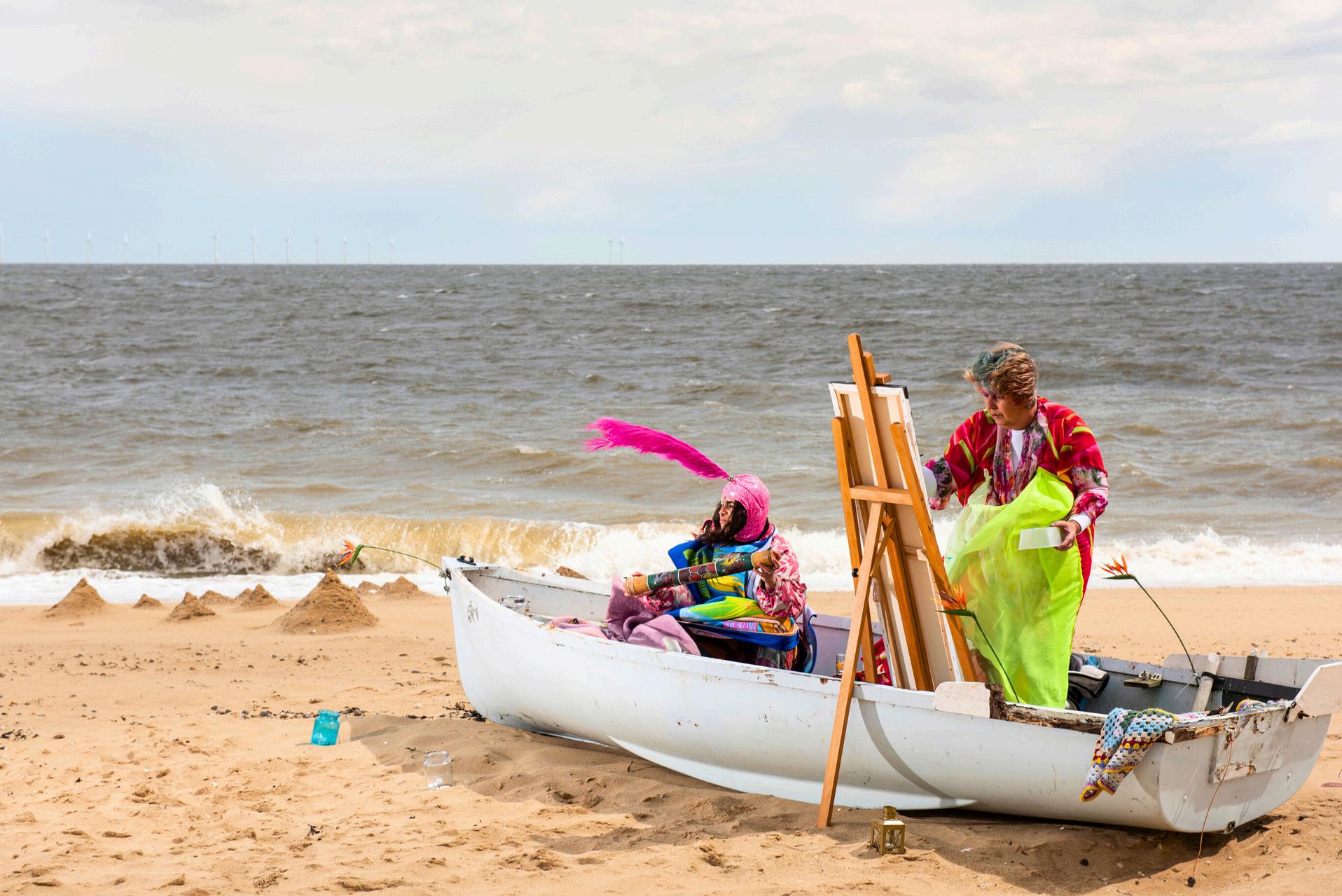






This scoping project is part of the Department for Culture, Media and Sports (DCMS) and Arts Council England’s Know Your Neighbourhood programme of work, which aimed to reduce loneliness and increase volunteering through creativity. It seeks to highlight examples of good practice in Tendring, Essex, identify existing projects, understand barriers to participation and showcase best practice.
It also aims to strengthen the local creative health sector, enhance accessibility, and foster a more resilient and connected community. The aims of this research include:
Foster a better understanding of the role of creativity and volunteering in reducing loneliness and isolation.
Engaging with local stakeholders to understand the strengths, needs and challenges of the Tendring creative ecology.
Showcasing successful case studies where creativity has contributed to social well-being.
Mapping creative groups and activities to improve visibility and access. Encouraging the formation of a local creative network to foster collaboration and peer support.
Key research questions guiding this project include:
What creative health initiatives currently exist in Tendring?
How do these initiatives contribute to reducing loneliness and fostering volunteering?
What barriers prevent further development of creative health e area?

The research aims to explore the following existing gaps:
Lack of Centralised Information: There is no comprehensive directory of creative health initiatives in Tendring, making it difficult for residents and stakeholders to identify and engage with available opportunities. There is a lack of easily available data on independent, unfunded, volunteer-led, local creative groups. Information is not routinely captured from groups that do not receive. public funding.
Limited Cross-Sector Collaboration: Many creative health initiatives operate independently without strong connections between healthcare, local government, and the creative sector.
Funding Disparities: Small creative organisations often struggle to access funding, limiting their ability to scale or sustain impactful programmes.
Barriers to Participation: Marginalised and vulnerable populations, including those with disabilities or socio-economic disadvantages, may not have adequate access to creative health opportunities.
Need for Capacity Building: Many grassroots creative organisations lack the resources or skills to expand their work effectively.
The research is subject to several limitations, including:
Time Constraints: The research was conducted over a short period, meaning the findings represent only a partial view of the creative health landscape in Tendring.
Limited Sample Size: While efforts were made to engage with various stakeholders, engagement was constrained by time and resource availability.
Data Availability: Some creative health initiatives may not have an online or easily accessible presence, making it difficult to capture the full scope of activities in the region.
Evolving Landscape: The creative health sector is dynamic, with new initiatives and collaborations emerging regularly. This report captures a moment in time and may not reflect the latest developments beyond the research period.

We are using the National Centre for Creative Health's definition of 'creative health':
‘Creative approaches and activities which have benefits for our health and well-being. Activities can include visual and performing arts, crafts, film, literature, cooking, and creative activities in nature (such as gardening). Approaches may involve creative and innovative ways to deliver health and care services, co-production, education, and workforce development. Creative health can be applied in homes, communities, cultural institutions and heritage sites, and healthcare settings; and can contribute to the prevention of ill health, promotion of healthy behaviours, management of long-term conditions, and treatment and recovery.’
A local freelance researcher, embedded within the Tendring community, conducted this study to ensure an informed and authentic approach. The research methodology included:
Desk-based research, mapping creative initiatives and gathering evidence for the efficacy of creative health for reducing loneliness and increasing volunteering.
Site visits to the local community, including libraries and existing creative groups, to collect grassroots data and speak with community organisers.
Engagement with Tendring District Council, incorporating insights from key officials.
Stakeholder networking event, with community organisers, healthcare workers, and local government representatives to identify strengths and barriers to working together.
Analysis of Essex-wide report, highlighting regional trends and applicable lessons for Tendring, alongside analysis of the findings from this

The Creative Health report by the All-Party Parliamentary Group on Arts, Health and Wellbeing presents comprehensive evidence demonstrating the positive impact of the arts on health and well-being. The National Centre for Creative Health (NCCH) has collaborated with NHS England’s Personalised Care Team and several Integrated Care Systems (ICSs) to develop a toolkit that supports the integration of creative health into healthcare systems. Creative Lives’ 2025 Essex-wide report provides evidence of how creative health initiatives have increased social participation and reduced isolation in the region, with case studies highlighting the benefits of community arts programmes.
The arts play a vital role in reducing loneliness and social isolation, particularly for those in rural or disadvantaged areas, as highlighted in What is the Evidence on the Role of the Arts in Improving Health and Well-being? (Fancourt & Finn, 2019). The Office for National Statistics Community Life Survey (2016–2017) found that 5% of adults in England reported feeling lonely “often” or “always,” underscoring the urgency of addressing this issue. The UK Government's Loneliness Strategy acknowledges the potential of arts and culture in tackling loneliness, particularly among young and older people, and commits to working with Arts Council England to integrate the loneliness measure into its programmes.
Additionally, the Creative Journeys Report (2019) highlights how culture and arts can improve relationships and reduce isolation in care home settings. UK Secretary of State for Culture, Media and Sport, Lisa Nandy, reinforced the role of the arts in the inaugural Jennie Lee Lecture, emphasising that a creative approach can alleviate loneliness, improve mental well-being, and strengthen community identity. Loneliness affects various groups, including young people, LGBT+ individuals, those living alone, peopl l i new parents, widows, individuals with disabilities, and t conditions or recent relocations. A national example of t loneliness is The Unlonely City, an initiative in Liverpool, Southend that fosters connection through artistic comm

assemblies, and public gatherings, aiming to reimagine what an unlonely city could look like. At a time when public spaces like community centres and libraries are closing, such programmes are more crucial than ever in tackling the growing loneliness crisis.
Volunteering has been widely recognised as an effective way to reduce loneliness and improve well-being, particularly among older adults. A 2020 study published in BMC Public Health found that volunteering was associated with lower levels of loneliness, highlighting its role in fostering social connections. Similarly, research in the American Journal of Preventive Medicine documented strong associations between volunteering and favourable health and well-being outcomes.
Evidence suggests that volunteering increases social interactions, naturally connecting people and strengthening a sense of self-worth, fulfilment and purpose. Intergenerational volunteering programmes, which pair young and older volunteers, have been particularly effective in reducing age-related loneliness and building meaningful relationships across generations.
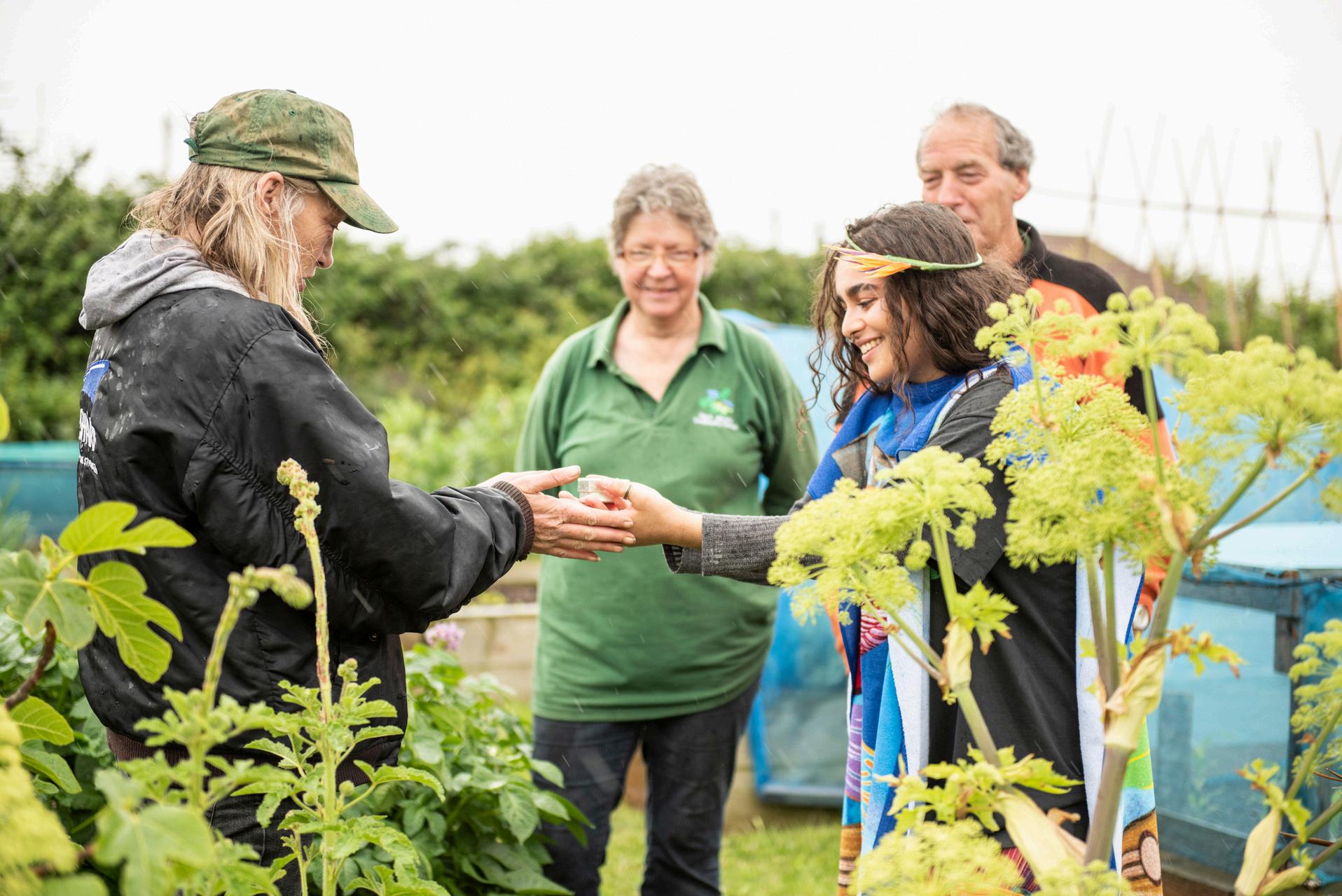
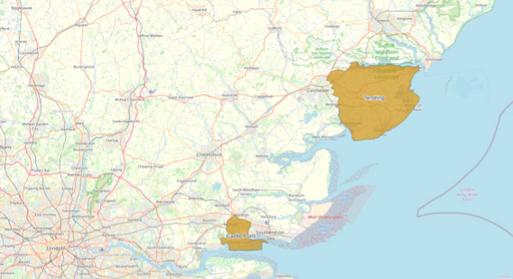
These two districts share:
Lower Density and High Deprivation: Low density with significantly negative scores in ‘Not Deprived’, suggesting socio-economic challenges.
High Elderly Population: Highest proportion of the 66+ age group and dependency on social services.
Low Educational Attainment: Shows the lowest educational qualifications, with a notable increase in fair or bad health indicators.
The potential health priorities for this cluster are:
Reducing Health Inequalities: Target interventions to improve access to healthcare and address social determinants of health, such as housing and income support.
Addressing Obesity and Physical Inactivity: Community-based initiatives to encourage healthier eating and increased physical activity, particularly for older adults.
Substance Misuse and Alcohol Dependency: Support pro tackle higher rates of alcohol and substance misuse in de
Improving Access to Mental Health Services: Focus on m provision, especially for older adults dealing with isolatio mental health.

Tendring has many wards and boundaries, holding diverse communities. In the image above taken from Creative Lives’ 2025 Essex-wide report Tendring is identified as lower density with higher deprivation, containing significant health priorities. Tendring District Council’s Economic Development Strategy aligns with its Corporate Plan 2020-2024, prioritising business growth, job creation, and innovation, with a particular focus on the clean energy, care, and creative and cultural sectors.
Recognising the creative sector’s potential to address economic, social, and health challenges, the council developed the Tendring Creative and Cultural Strategy 2019-2024 in partnership with Arts Council England. This strategy acknowledges significant concerns around poor mortality, morbidity, and mental health in the district and aims to drive participation and job creation through culture. Social isolation and loneliness are pressing issues in Tendring, and the council sees creative activities as a way to bring people together and improve well-being.
Tendring is part of the wider Essex Cultural Strategy, launched in 2023, which sets out a vision for cultural growth across the county. This strategy aims to strengthen Essex’s cultural identity and create conditions for success through collaboration with creative practitioners, residents, and the cultural sector. As part of the research, an interview with members of the Tendring District Council highlighted several key health priorities for the area. Obesity and physical activity are major focuses, with the council working to address these as central issues. Suicide rates in Tendring have fluctuated, initially improving but then worsening. Addressing this issue is challenging, particularly in identifying responsibility and effective interventions.
The council recognises that improving overall well-being and tackling lowlevel poor mental health could help reduce severe cases, easing pressure on already stretched mental health services. There is growing concern about an impending mental health crisis among young people, many of whom have experienced heightened challenges since COVID-19. Deprivation has further intensified these issues, with both the pandemic and the cost-of-living crisis disproportionately affecting disadvantaged communities.
Another emerging concern is the increase in school refusers and families opting for home education, sometimes not out of choice but due to aking reintegration difficult. Poor mental health often impacting later life outcomes. In response, the ategic Board is working to support schools, with subls and attendance.

This study identified a diverse range of creative groups and activities in Tendring, including arts workshops, local theatre productions, and community-led wellness programmes. There are pockets of high-quality, high-profile creative and cultural work with growing excitement and momentum in the sector. However, there is no central database or directory to easily access these opportunities, making visibility and engagement challenging.
The creative and cultural sector is largely made up of freelancers, alongside contributions from creative organisations, community and volunteer groups, libraries, theatres, and museums. Some are based in Tendring, while others only deliver work in the area. Event promotion remains largely grassroots, often relying on posters in shop windows alongside other community notices, as seen in Brightlingsea in the picture below.
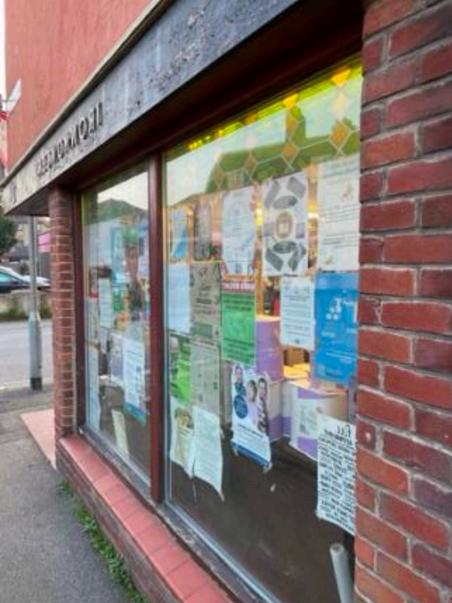

Through this research, creative activities in the area were found to foster a sense of pride in place, amplify community voices, and help combat social isolation by bringing people together. Tendring benefits from a strong community spirit and an existing network of creative health groups supported by local authorities keen to develop local culture and creativity. Programmes like the Tendring Cultural Education Partnership and the Junior Ambassador Programme engage young people in creative and cultural activities.
Government funding has been successfully used to support creative initiatives, and ongoing projects like the Youth Voice Project ensure that young people’s perspectives shape future offerings. The presence of high-profile creative and cultural work, along with partnerships with organisations like Essex University’s volunteer scheme, further strengthens the sector.
Volunteering plays a key role in Tendring’s creative landscape, not only sustaining libraries and community programmes but also fostering a sense of purpose and social connection. While people may not always identify loneliness as a reason for participating, creative initiatives have proven effective in reducing isolation, as seen in initiatives like community choirs and intergenerational projects.
Despite these strengths, the Tendring creative sector faces significant challenges. High levels of deprivation, a lack of sustained funding, and limited awareness of the benefits of creative health hinder long-term programme stability. Many cultural initiatives rely on short-term grants, making it difficult to build trust and maintain engagement, particularly for vulnerable groups. The reliance on volunteers, while beneficial, also presents sustainability issues, with many volunteers being older and retention proving difficult due to limited training and incentives.
Transport and geographic isolation further complicate access to creative opportunities, especially in a district where different communities have distinct identities. The lack of coordination between organisations, inconsistent mapping of mplex administrative boundaries create additional barriers

Social challenges such as low aspirations, intergenerational cycles of disengagement, and behavioural obstacles also impact participation. Issues like substance abuse, violence, and economic hardship contribute to a difficult environment for fostering engagement in creative activities. Additionally, a growing reliance on technology has led to increased social isolation, though digital tools could also serve as a means of creative connection if leveraged effectively.
To address these challenges, there is a need for sustained financial investment, improved collaboration across sectors, and greater recognition of the long-term benefits of arts and culture on health and well-being. Ensuring that creative opportunities remain accessible, inclusive, and well-communicated to the public is essential in expanding participation and strengthening Tendring’s creative ecology.
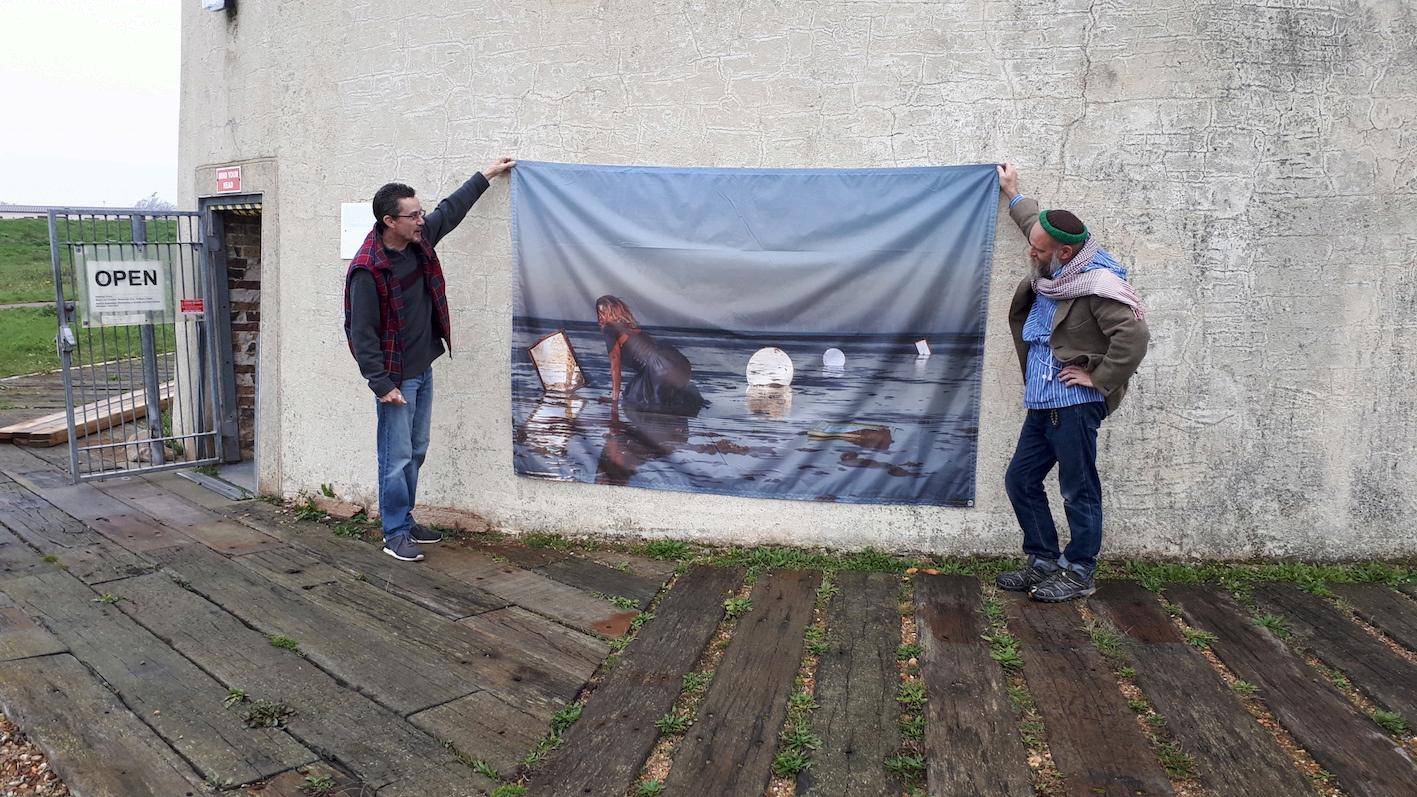

Brightlingsea WinterFest, co-founded by Alix Sheppard and Dave Griffiths in 2015, has become a vital community-driven initiative designed to raise spirits and support mental and physical well-being during the darkest months of the year. Born from the tragic loss of Alix’s partner, Joe Keighley, a local musician who suffered from depression, the festival was initially a tribute concert to Joe and a response to a series of suicides in the town.
It has since grown into an annual celebration of music, arts, spoken word, and well-being activities, providing a platform for community cohesion and resilience, while raising awareness of mental health issues. Held from February to March, the festival features a wide array of activities aimed at all ages and backgrounds. This period, often marked by isolation, especially in rural communities like Brightlingsea, can exacerbate mental health challenges. WinterFest, however, provides a welcoming environment, combating loneliness by bringing people together and offering a variety of creative and social opportunities.
Volunteers are at the heart of the festival, contributing their time, skills, and talents to ensure its success. From helping with publicity and promoting events through social media and print media to organising activities like swing dancing and flower arranging, volunteers are encouraged to take ownership and shape the festival alongside the co-founders.
Alix emphasised in an interview for this research the importance of collective effort and empowerment. She said they start with the idea: “It’s your WinterFest, what do you want it to look like?” This collaborative approach fosters a strong sense of community and provides valuable volunteering opportunities that have a lasting impact on both individuals and the wider town.
Alix highlights that when working with volunteers, you need a lot of patience. This is a cause, not a job. People join for many different reasons, so it is important to find out what the motivation is for joining and try to tap into that. Alix aims to find out what volunteers want to do rather than impose a role or a job description. She your superpowers?”, passionately believing that everyone if they have not discovered it yet.

The ethos of WinterFest revolves around inclusion and accessibility, offering opportunities for people who might not otherwise engage in community activities. By hosting events at different times of day and on various days of the week, the festival ensures that everyone, regardless of their personal schedule or circumstances, can take part.
As Alix notes, bringing people together and offering experiences they wouldn’t normally have access to plays a crucial role in reducing loneliness and enhancing social connections. Participants in the activities have the chance to form meaningful connections, which can extend beyond the event as they see familiar faces in the street and engage in friendly conversations.
WinterFest also offers a unique way to address mental health by focusing on arts and culture as pathways to better well-being, supporting Mid and North East Essex Mind. The festival platforms local talent, encouraging people to try new hobbies, join clubs, and take up creative activities. Donations to the festival’s Wellbeing Fund help projects that support mental health initiatives and individuals in the community to improve their well-being. However, Alix emphasises that she does not wish to label WinterFest as solely a mental health event, but to create a festival that resonates with the community while addressing public health concerns, like depression and social isolation.
The festival’s broad impact is evident in the feedback from volunteers and attendees. Anne Fitzgerald, a long-time volunteer, shares, “Being a volunteer with Brightlingsea WinterFest involves working with a wonderful range of creative and motivated people, all freely giving their time and talents. It is so rewarding to be part of a team connecting with the local community, harnessing and encouraging local talent, and bringing people together to enjoy WinterFest's events and activities, which enhance their mental, physical, and social wellbeing.”
Brightlingsea WinterFest stands as a powerful example of how creative initiatives can foster community spirit, reduce loneliness, and support mental health. By providing opportunities for people to come together, showcase local talent, and engage in well-being activities, WinterFest not only contributes to the community’s social fabric but also offers lasting volunteering opportunities that empower individuals to make a difference.

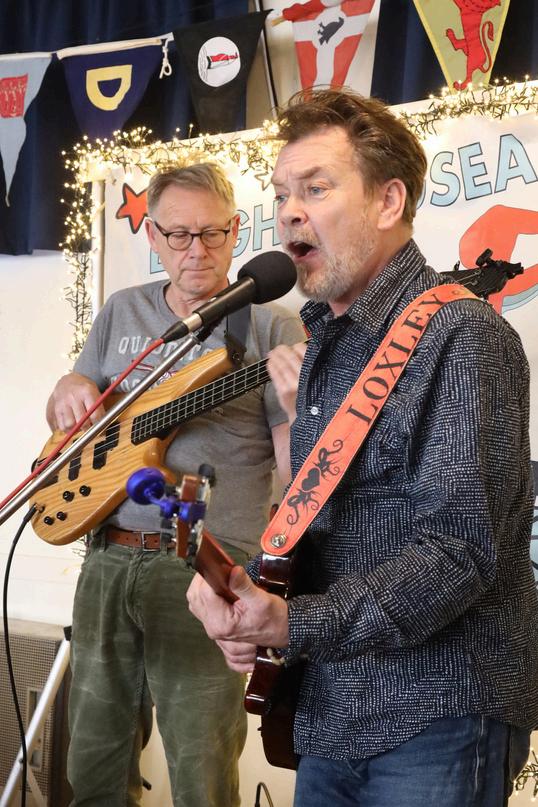
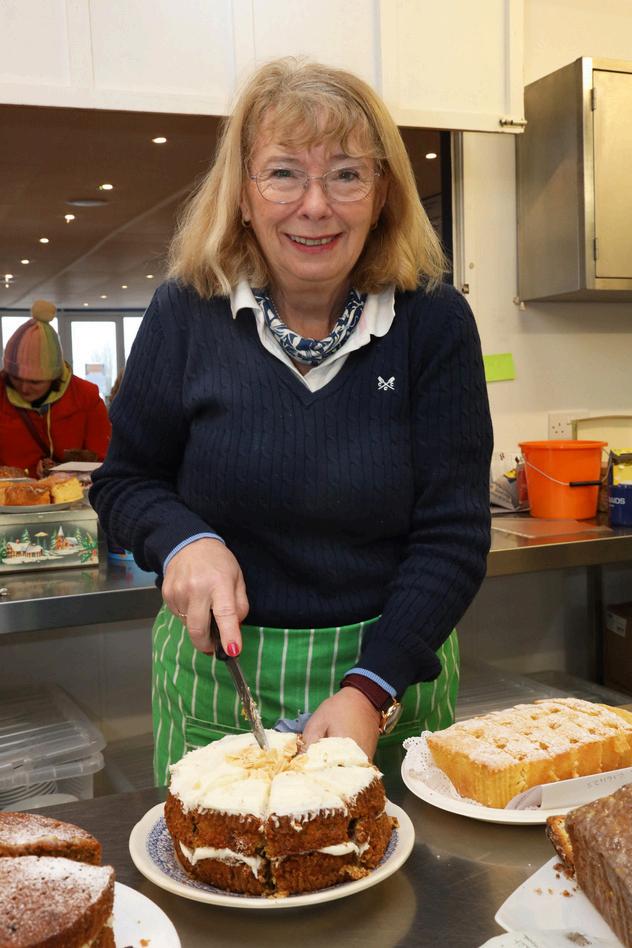

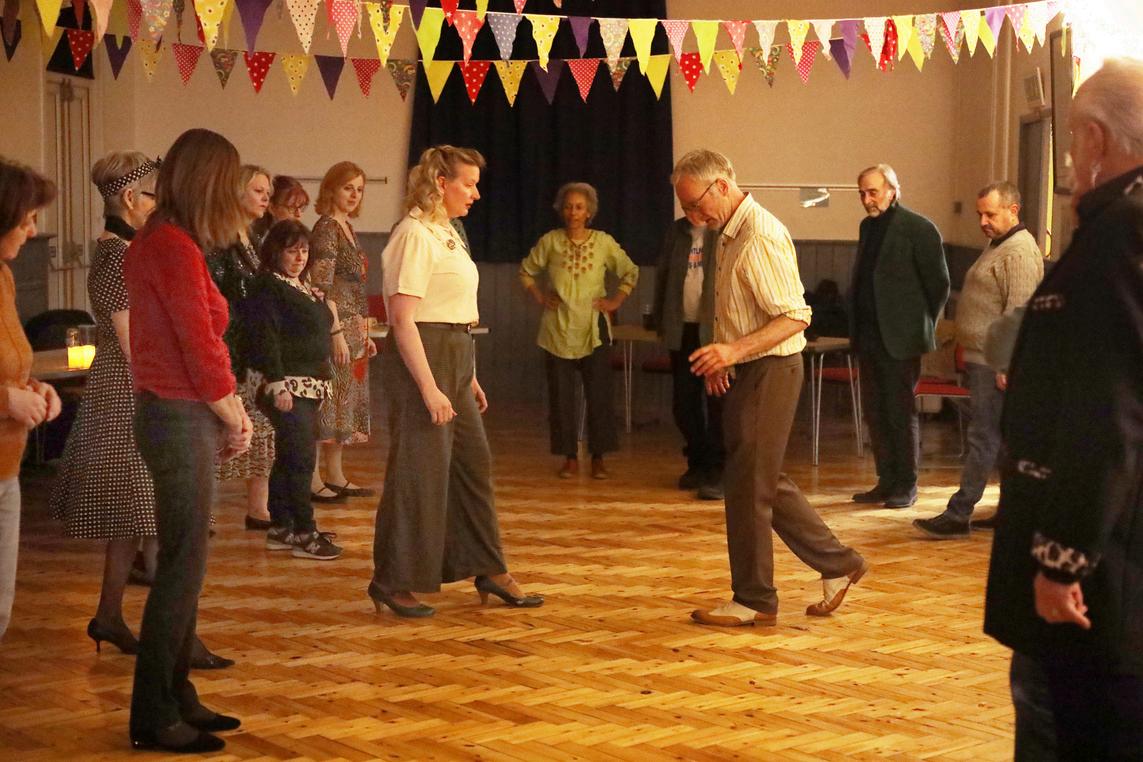

Tendring Libraries play a vital role in reducing loneliness and fostering community connections. As safe, welcoming, and trusted spaces, these libraries provide free access to social activities that bring people together, offering a lifeline to those who might otherwise feel isolated. In addition, they provide volunteering opportunities that enable individuals to give back to their communities while gaining valuable experience and personal fulfilment.
There are eight libraries in Tendring, each run by Essex Libraries under Essex County Council. These libraries (located in Brightlingsea, Clacton, Frinton, Harwich, Holland, Manningtree, Walton, and West Clacton) serve diverse communities, offering not only access to books and resources but also a space for social interaction and community-led initiatives.
In recent months, the Know Your Neighbourhood (KYN) project, funded by the Department for Digital, Culture, Media & Sport (DCMS) and managed by Libraries Connected, has enabled the development of new activities aimed at tackling loneliness. This funding has supported a dedicated staff role to develop and coordinate these initiatives, allowing libraries to test and refine approaches to fostering social connections. The KYN project has introduced a range of activities designed to bring people together, including Action Art Play Sessions, SENDFriendly Sensory Storytime, Crafternoons, Garden Projects and Memory Café.
Volunteers are essential to the success of many of these activities, helping to facilitate sessions and extend the capacity of library staff. However, volunteer recruitment has presented challenges, particularly within the short timeframe of the KYN project. While there is no shortage of people willing to volunteer (many of them retired individuals) recruitment and coordination require dedicated resources.
Currently, library staff are responsible for managing volunteers alongside their regular duties, which places a strain on capacity. As Lucy Mann who has been leading the volunteer work, explains, “If someone is generou time we should value it, but often, people fall through the cr volunteer recruitment is an arduous process, and without a coordinator, managing applications and matching people to s challenging.

Key learnings from the KYN project highlight that while libraries are ideally placed to combat loneliness, long-term investment in volunteer coordination and expanded staffing capacity is necessary to sustain and expand these efforts. The project has provided a valuable ‘test and learn’ experience, with insights that could inform future initiatives both within Tendring and beyond.
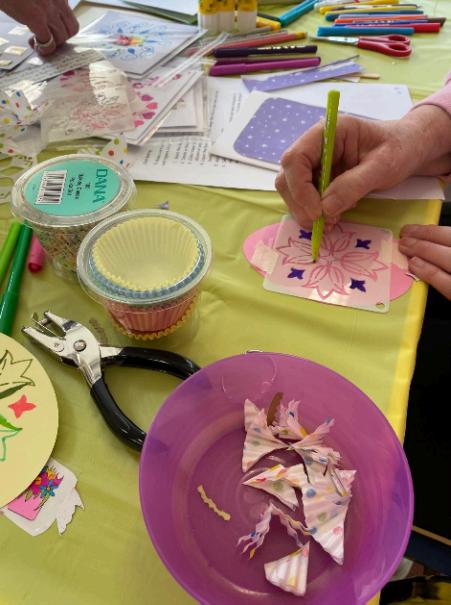
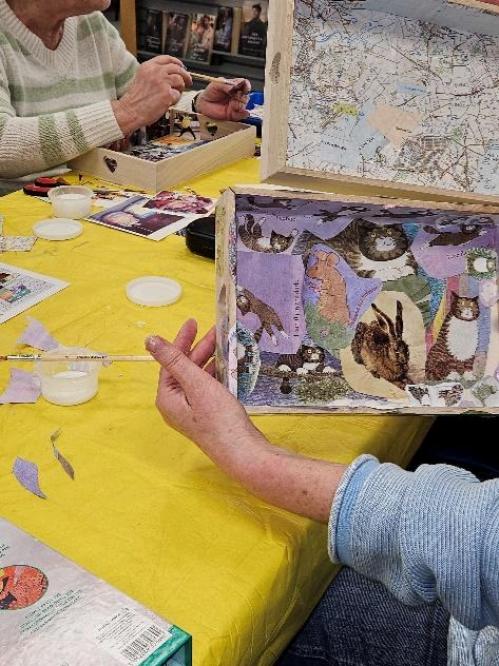
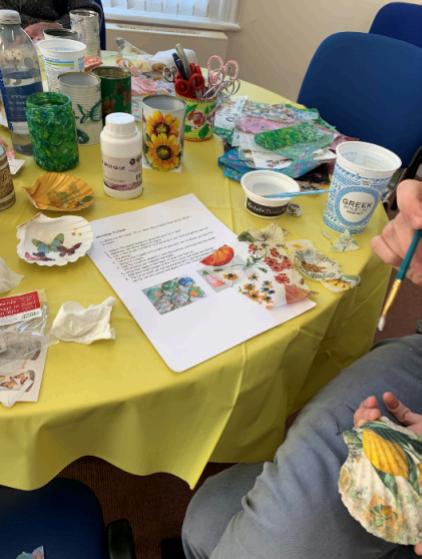
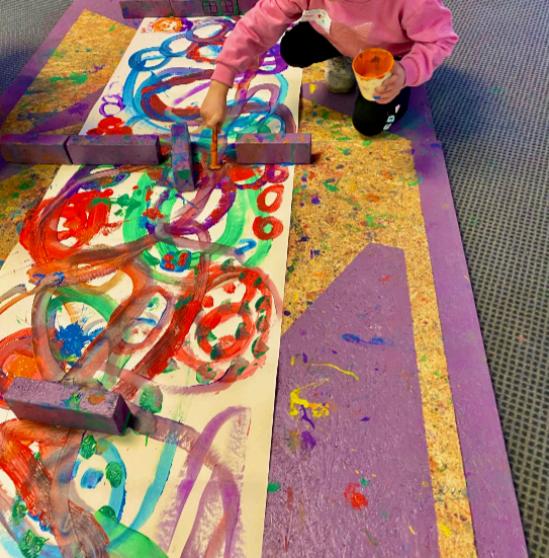

University of the Arts London, Central Saint Martins (CSM), has been working in Jaywick for several years, using creativity to build connections, reduce loneliness, and support volunteering with various student cohorts. Their long-term relationship with the community has allowed them to develop trust. The nature of Jaywick means much of their work happens informally, relying on word-of-mouth rather than structured systems. Plans are often made and then quickly adapted to meet the immediate needs of the community, as things tend to develop organically through being physically present rather than through remote planning. CSM’s approach focuses on creative, low-pressure interactions that help people connect in a way that feels natural.
However, sustaining these efforts remains a challenge. Many local initiatives struggle to survive because they rely on individuals who take on significant emotional and physical labour, often without formal support structures. While Jaywick’s informal networks provide strong social bonds, the lack of resources, poor transport links, and limited infrastructure contribute to ongoing isolation.
The community has a strong sense of mutual care (figures like local matriarchs often play key roles in supporting others) but without sustainable structures, projects can collapse when individuals become overwhelmed. CSM’s work highlights the difficulties of sustaining grassroots initiatives in a community where people work tirelessly to support each other but often without long-term stability. Their presence has helped create moments of connection and belonging, but the challenge remains in how to ensure these efforts can continue to thrive in the long run.
There is a vision for the Jaywick Open, a potential annual event showcasing local creativity in both small and large ways, whether it’s displaying garden ornaments, beekeeping talks, or larger-scale events like mass bike rides or community art installations. These projects don’t just bring people together; they also create opportunities for residents to take an active role in shaping their own community fostering a sense of purpose and belonging.

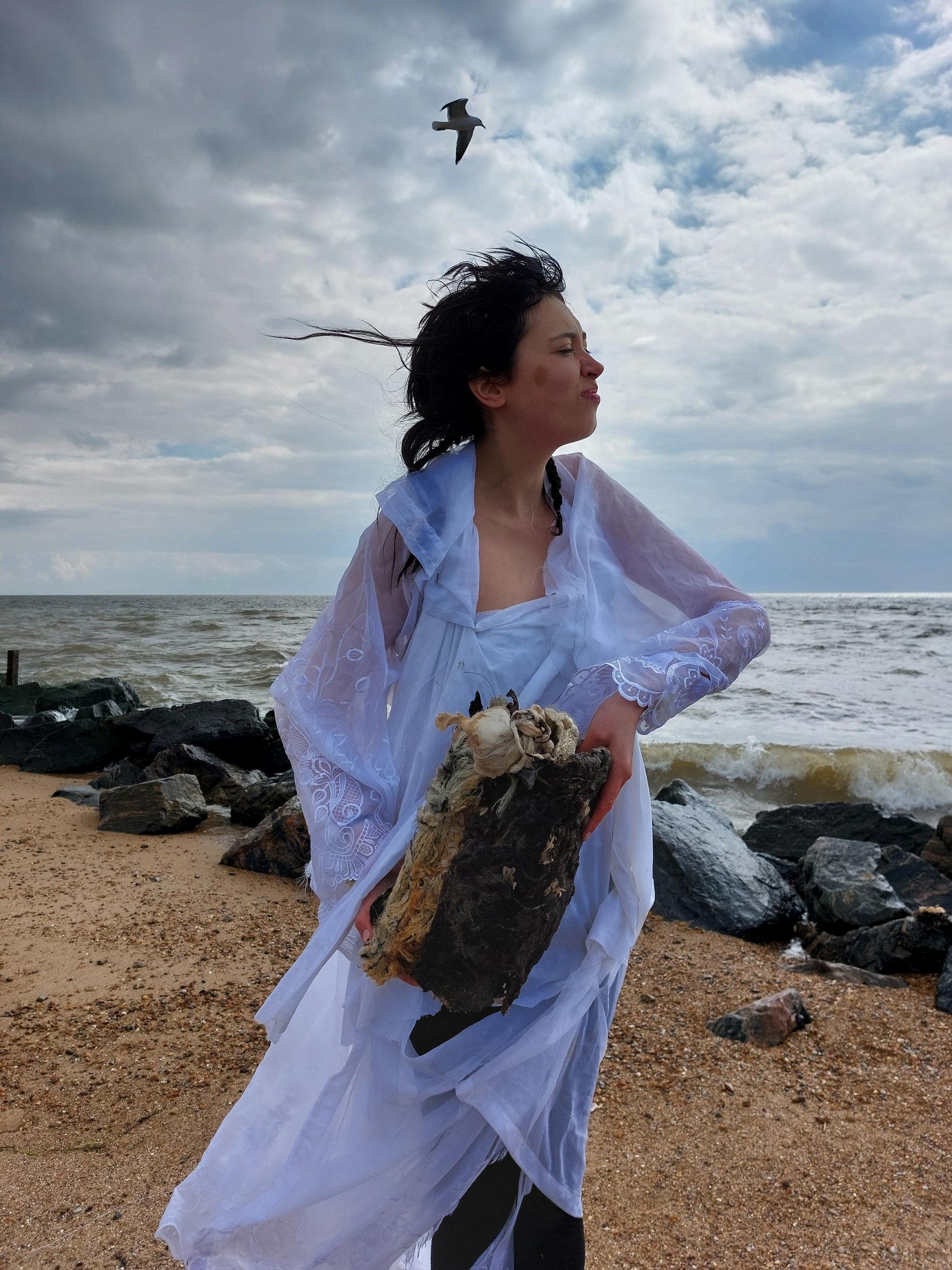

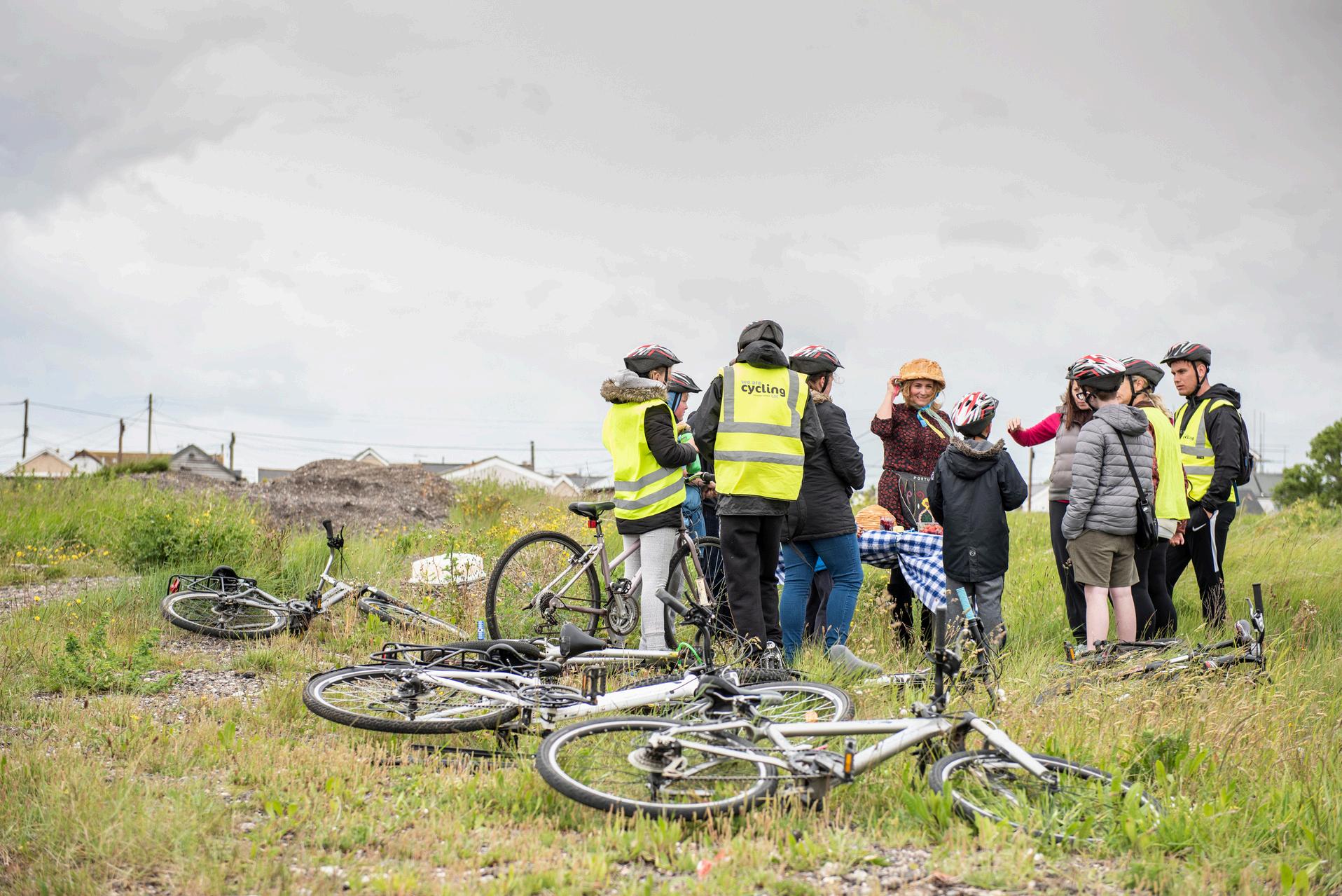
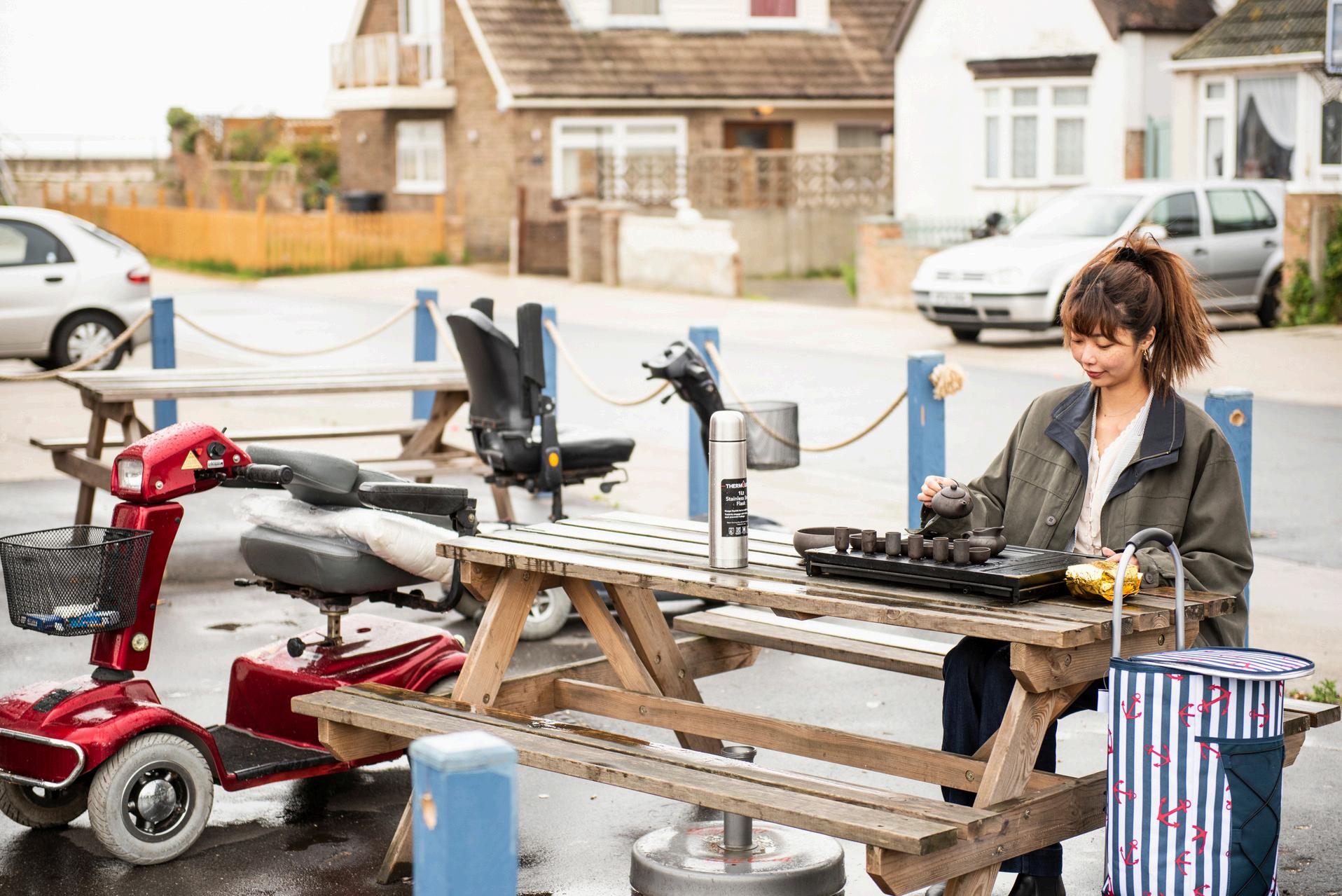

Below are a series of recommendations and next steps for creative activities to flourish in Tendring. We recognise resources are limited, but we hope this can provide useful ideas to enable creativity to improve wellbeing in Tendring.
Establish an Embedded Community Creative Health Officer – A dedicated role to coordinate and oversee creative health initiatives across Tendring, strengthening partnerships and community engagement.
Develop a Micro-Grant Scheme for Local Creatives – Provide small-scale funding opportunities to support independent, volunteer-led creative groups, helping them sustain and expand their work.
Strengthen Creative Networks and Peer Support – Create a network group or forum for creative practitioners to share knowledge, collaborate, and access training on fundraising, project management, and sustainability.
Improve Communication and Outreach – Work with local newspapers, community groups, and Tendring District Council and Essex County Council’s marketing teams to enhance visibility, ensuring people are aware of opportunities and events.
Expand Interactive Creative Learning Sessions – Offer tailored workshops and initiatives that empower residents, particularly underserved populations, using creative approaches to build confidence and connections.
Encourage Cross-Sector Collaboration – Strengthen links between libraries, healthcare, local government, and community organisations to integrate creative health initiatives into broader well-being strategies.
Address Barriers to Participation – Ensure accessibility for marginalised groups, including those with disabilities or socio-economic challenges, through inclusive programming and resources.
Enhance Volunteer Recognition and Support – Provide formal recognition (e.g. letters of appreciation) for volunteers and establish better processes for recruitment and engagement to sustain volunteer contributions.
Create a Central Directory of Creative Health Initiatives – Develop a resource that maps existing projects, organisations, and opportunities, making it easier for communities to engage and collaborate.

tival Model for Wider Adoption – Use successful local case a replicable model for creative health festivals, aligning health needs and fostering civic pride.
Addressing loneliness and fostering volunteering through creative health initiatives requires a multifaceted approach, built on collaboration, prevention, and sustained investment. The work happening across Tendring, through its libraries, community projects, and creative networks, demonstrates the potential of these initiatives to strengthen social connections and enhance well-being.
However, challenges remain in securing long-term funding, improving communication, and ensuring accessibility for all. The key to lasting impact lies in fostering partnerships between local government, healthcare, and creative organisations, while also valuing and supporting the volunteers and community leaders who drive these efforts.
By embedding creative health within broader public health strategies and embracing a culture of shared learning, Tendring can continue to build a more connected, resilient, and vibrant community.


Creative Lives is a registered charity established in 1991, that champions community and volunteer-led creative activity. We work to improve opportunities for everyone to be creative and, in particular, celebrate and promote people expressing themselves creatively with others, recognising the benefits this brings to both individuals and communities.
Creative Lives Charity Limited is registered in Scotland as Company No. 139147 and Charity No. SC 020345.
Registered office: The Melting Pot, 15 Calton Road, Edinburgh EH8 8DL.
Creative Lives acknowledges funding from Arts Council England, the Arts Council of Ireland and Creative Scotland.
www.creative-lives.org
